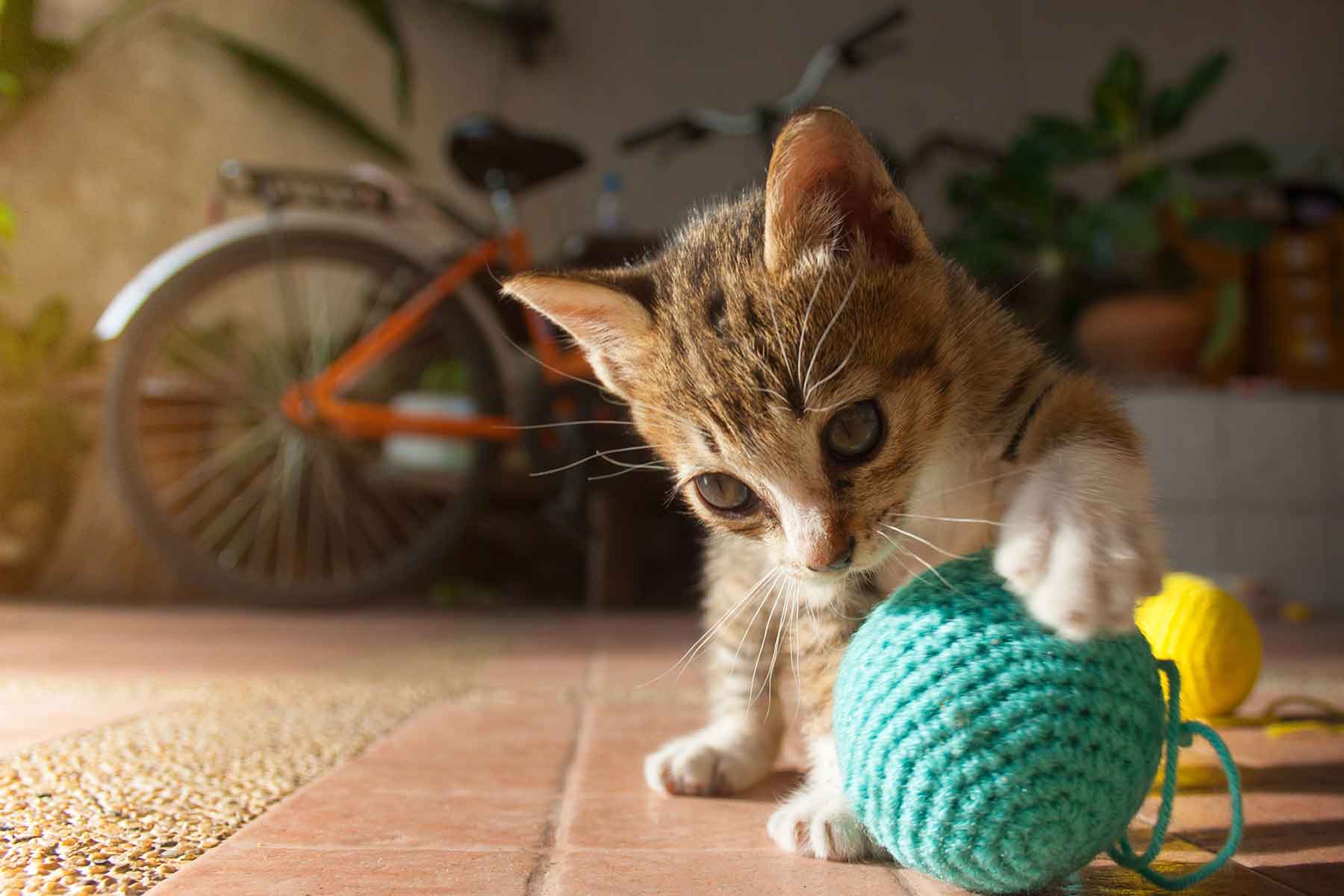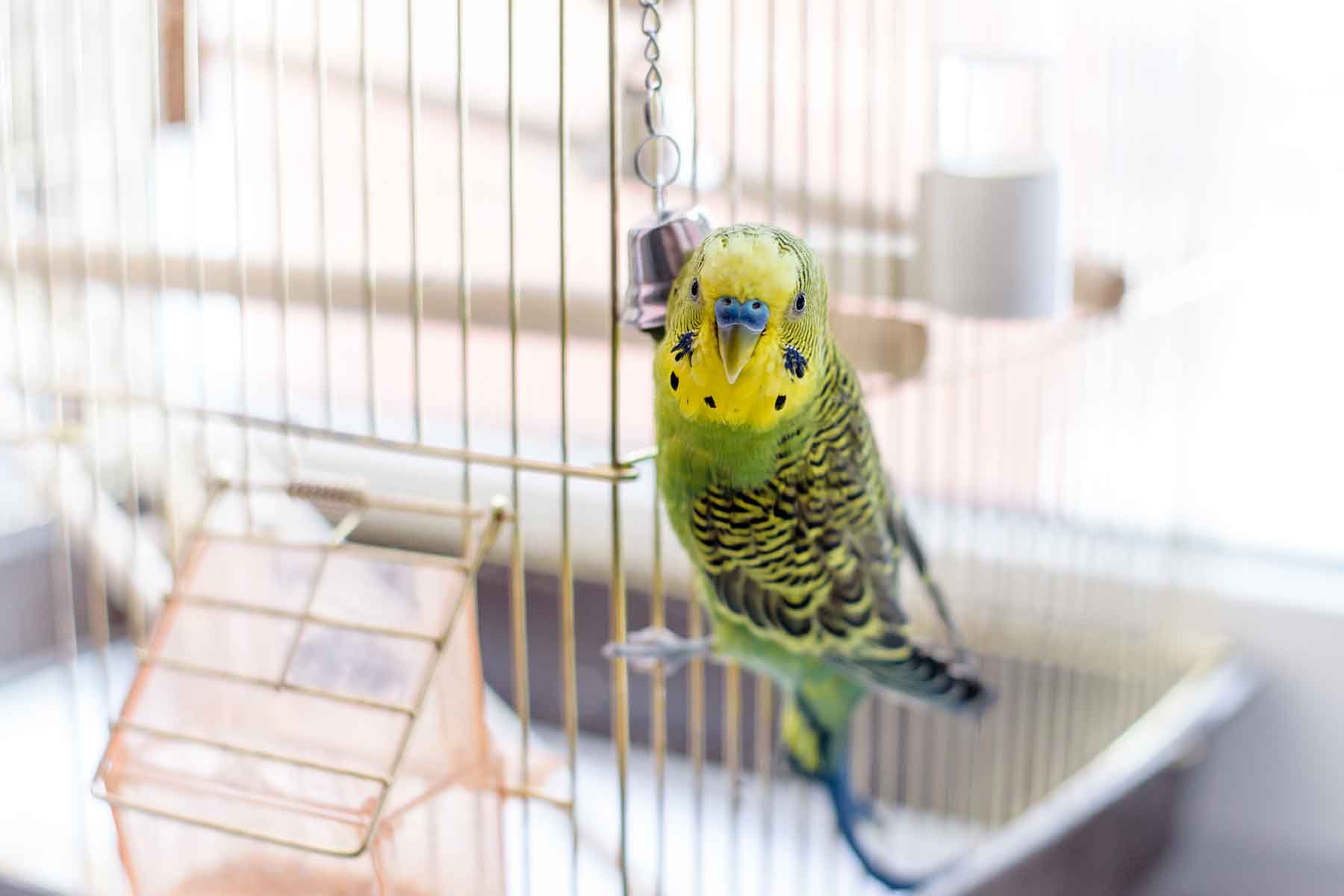The Puli is a unique herding dog initially bred as a workmate and companion for Hungarian shepherds. Since attracting attention and popularity since early last century, the Puli has become a proud national symbol in Hungary.
Appearance
The Puli’s thick, shaggy corded coat resembling dreadlocks can grow long enough to reach the ground by the time it reaches four years of age. A medium-sized dog, the Puli’s “mop” coat gives it a striking and distinctive appearance, disguising its light frame. Pulis are generally black or rusty black, but grey, white and apricot varieties are also available.
Height
35-46cm
Weight
9-16kg
Temperament
Pulis are fiercely loyal, devoted and affectionate to their families. The breed’s vocal characteristics make it an excellent guard dog as it is wary of strangers, however, some Pulis can also be timid or aggressive. Early socialisation is vital to Pulis as their dominant nature can cause conflict with or reservation from other dogs. Puli’s history of sheep herding ensures their high trainability. A sensitive, loving and affectionate breed, the Puli is a loyal companion to its owner.
Lifespan
12-15 years
Grooming and Care
Although the Puli’s naturally corded coat does not require brushing, it requires considerable work to maintain a clean and neat appearance. Dirt, twigs and leaves catch easily in a full-length Puli coat, and knotting is a common problem. Between nine and 18 months of age, Pulis’ coats must be worked into shape to separate the developing cords. Bathing can take an hour to wash and up to six hours to dry but is an essential step in proper maintenance and should be undertaken at least every two months. Clipping is unusual except around the eyes and hindquarters, and ears require regular cleaning for hygiene and comfort purposes.
Exercise
Pulis love an active, outdoor lifestyle – their intelligence, trainability and overwhelming desire to please make them an excellent games companion.
Health Concerns
Hip degeneration and eye conditions are common in Pulis but Australian breeders work to minimise these in their screening processes.











